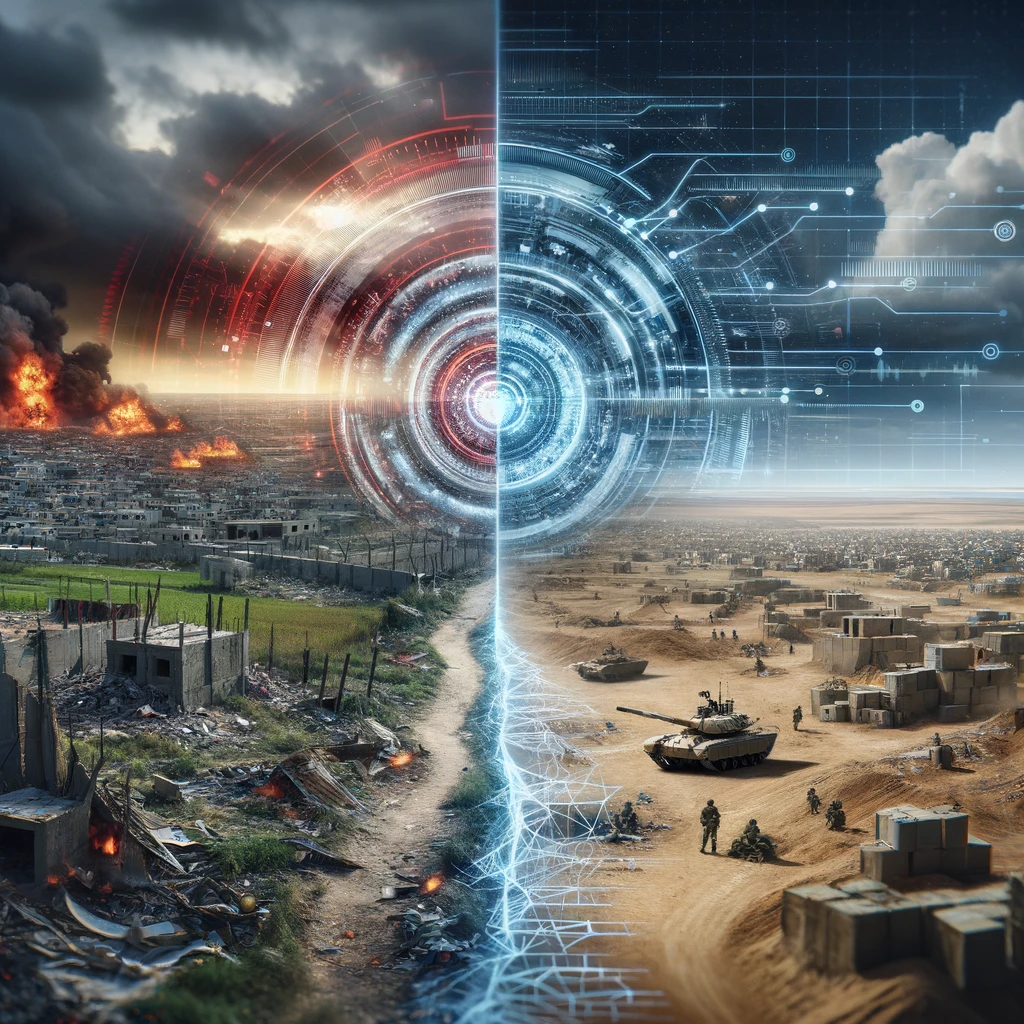Introduction
In the ever-evolving landscape of modern warfare, a new, insidious player has emerged: deepfake technology. The recent Gaza conflict has shone a spotlight on this phenomenon, where the use of AI-generated fake images and videos has raised significant concerns about the potential for misinformation and the escalation of hostilities.
The Emergence of Deepfakes in Conflict
Deepfake technology, which leverages artificial intelligence to create hyper-realistic but entirely fabricated images and videos, has found a troubling application in the context of the Gaza war. Reports from the Associated Press have highlighted instances where deepfakes were used to create images of devastation and human suffering that were not real. This misuse of technology presents a formidable challenge in distinguishing fact from fiction, exacerbating tensions in an already volatile situation.
The Impact on Public Perception
The power of deepfakes lies in their ability to manipulate public perception. In the Gaza conflict, these AI-generated falsehoods can significantly influence international opinions and diplomatic relations. The danger is that such misleading content can fuel propaganda, sow discord, and potentially lead to unwarranted escalations on the ground. It becomes increasingly difficult for the public and even experts to discern the authenticity of such content, leading to a widespread trust deficit.
Ethical and Legal Implications
The use of deepfakes in warfare raises profound ethical and legal questions. It blurs the lines between legitimate information dissemination and deliberate disinformation campaigns. In the context of international law and the rules of war, the deployment of deepfakes as a tool to mislead or manipulate violates the principles of warfare, which are grounded in notions of truth and transparency.
The Response: Combating Deepfakes
Combating the threat of deepfakes in conflict zones like Gaza requires a multi-pronged approach. This includes developing more sophisticated AI detection tools, enhancing digital literacy among the public, and implementing stricter legal frameworks to punish the creation and dissemination of such content. Moreover, there’s a pressing need for international cooperation to establish norms and protocols for managing this emerging threat.
Conclusion
As AI technology continues to advance, deepfakes represent a new frontier in the arsenal of digital warfare. The Gaza conflict has underscored the urgency of addressing this challenge. It is imperative for the international community to take concerted action to mitigate the risks associated with this technology, preserving the integrity of information and preventing the exacerbation of conflicts.
